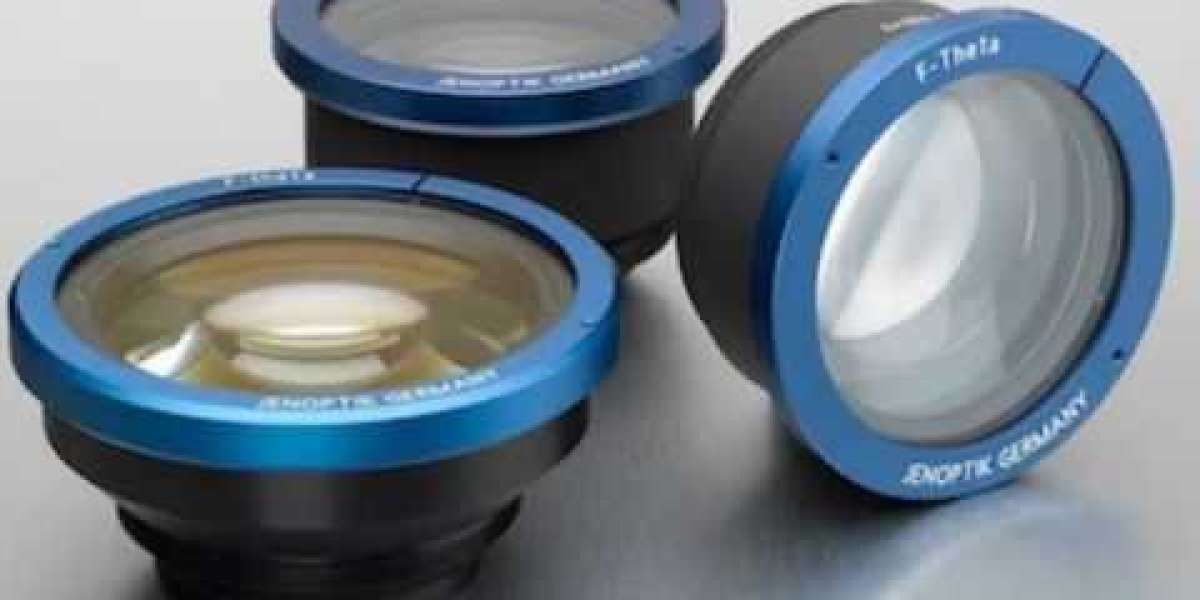Introduction to the F-theta Lens: What It Is and Why It Matters
In the world of laser technology, precision is everything. Whether for laser engraving, cutting, or marking, achieving high-quality results depends on more than just thhttps://docs.google.com/spreadsheets/d/1LWJCnRDMboUKhF5IP9wKjy_LP84LCP5lqhs8bnFZGTg/edit?gid=0#gid=0e laser source—it also relies on the lens. The F-theta Lens is a specially designed lens that plays a significant role in enhancing laser accuracy and efficiency. This post will explore what the F-theta Lens is, how it works, and why it’s a game-changer for industries that depend on laser precision.
What is an F-theta Lens?
The F-theta Lens is a unique type of lens engineered to deliver uniform spot size and accurate laser focus across a flat field. Unlike regular lenses, which focus light to a point, the F-theta Lens focuses the laser beam in a way that creates a flat image field. This means that when the laser scans across a surface, the focal point remains consistent, enabling even and precise marking or engraving.
Typically, laser systems use the F-theta Lens in combination with a galvo scanner. This setup directs the laser beam across a work area, maintaining consistent focus and minimizing distortion as it moves. By enabling precise control over the laser’s focal point, the F-theta Lens provides high-quality results that are critical in applications where accuracy is paramount.
How Does the F-theta Lens Work?
The F-theta Lens is designed with specific optics that allow the laser beam to scan across a flat surface without losing focus. The “F-theta” name comes from the mathematical function it uses. In a standard lens, the focal point changes based on the angle of the light entering it. However, the F-theta Lens corrects this, maintaining a constant focal length across the entire scan area.
In practical terms, this means that regardless of where the laser is positioned within the field, the F-theta Lens ensures that the beam remains in focus. This precise focusing is essential in laser marking, engraving, and other tasks that require sharp, uniform results across a wide area.
Key Benefits of Using an F-theta Lens
The F-theta Lens is highly valued across industries for several reasons. Here are the primary benefits it offers:
Consistent Focusing: With a flat field and uniform focal distance, the F-theta Lens ensures that laser intensity is evenly distributed across the working area, delivering high-quality and detailed results.
Enhanced Precision and Accuracy: The F-theta Lens minimizes distortion, maintaining a clear, sharp laser spot. This accuracy is vital for industries such as electronics, medical devices, and automotive parts, where precision is essential.
Increased Workflow Efficiency: Since the F-theta Lens enables a large scan area without losing focus, it reduces the need for repositioning, speeding up processes and enhancing productivity.
Long-Lasting Performance: Designed to handle high-power laser applications, F-theta Lenses are often made from durable materials, ensuring consistent performance even in demanding industrial settings.
Applications of the F-theta Lens
The F-theta Lens is used in various industries where precision and efficiency are crucial. Here are some of its primary applications:
Laser Marking: F-theta Lenses enable highly accurate engraving and marking on materials like metals, plastics, and ceramics, commonly used in branding, serial numbering, and part identification.
Laser Cutting: In laser cutting, the F-theta Lens helps maintain a consistent cut depth across the material, resulting in smoother and more precise cuts, essential in manufacturing and crafting industries.
Laser Engraving: For industries focused on personalization and intricate designs, the F-theta Lens ensures consistent engraving quality, even on complex surfaces.
Micro-machining: The high accuracy and precision of the F-theta Lens make it ideal for micro-machining applications, where fine details and tiny dimensions are required.
Choosing the Right F-theta Lens for Your Laser System
When selecting an F-theta Lens, consider factors such as the wavelength of your laser, the desired scan area, and the required focal length. F-theta Lenses are available for a range of wavelengths, including those commonly used in CO2, fiber, and UV lasers. Matching the lens to your laser’s wavelength ensures optimal performance and prevents energy loss or distortion.
It’s also essential to choose the correct focal length based on the working distance required for your application. Longer focal lengths generally allow larger scan areas, while shorter focal lengths provide higher resolution but cover a smaller area.
Conclusion: The Impact of the F-theta Lens on Laser Precision
The F-theta Lens has transformed the capabilities of laser systems, enabling precise, high-quality results in applications where accuracy and consistency are critical. Its unique design maintains a flat field, ensuring uniform focus and reducing distortion across wide scan areas. Whether you’re in manufacturing, engraving, or electronics, the F-theta Lens is a vital component that enhances the quality and efficiency of laser applications. Investing in the right F-theta Lens can take your laser precision to the next level, making it an invaluable asset for professionals who depend on high-performance laser systems.








